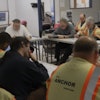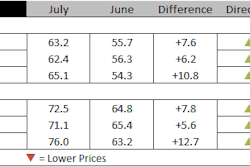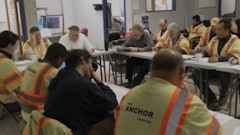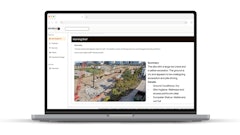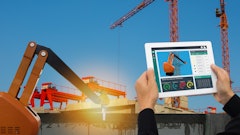
A paper released by the Brookings Institution in mid-July indicates that “costly environmental review delays” are a major reason why the cost of building one mile of interstate highway tripled between the 1960s and 1980s, adjusted for inflation. The paper found that increases in household income and home values helped spur costlier interstate investments, such as the addition of more lanes, on/off ramps, and bridges.
“Changing costs for construction material or labor don’t explain the increase in spending over time. Neither do the costs of acquiring rights of way or the costs of planning,” the paper’s authors explained. “And there were no large changes to federal interstate highway construction standards over time.”
The authors did, however, identify “empirical evidence” consistent with two potential explanations for the jump in highway construction costs.
“The first is that the demand for more expensive interstate highways increases with income, as either richer people are willing to pay for more expensive highways or in any case they can have their interests heard in the political process,” they said. “The doubling in real median per capita income over the period accounts for roughly half of the increase in expenditures per mile over the period. Controls for home value also account for a large proportion of the temporal increase; taken together, income and home value increases account for almost all the temporal change in costs.
The second hypothesis with which the data are consistent is the rise of “citizen voice” in the late 1960s and early 1970s. We use the term “citizen voice” to describe the set of movements that arose in the late 1960s – the environmental movement, the civil rights movement, and the rise of homeowners as organized lobbyists – that empowered citizens with institutional tools to translate preferences into government outcomes. Some of these tools, such as environmental review, were directly aimed at increasing the cost of government behavior, by requiring the government to fully internalize the negative externalities of Interstate construction. Other new tools, such as mandated public input, could yield construction of additional highway accoutrement, such as noise barriers, create delays or increase planning costs.

